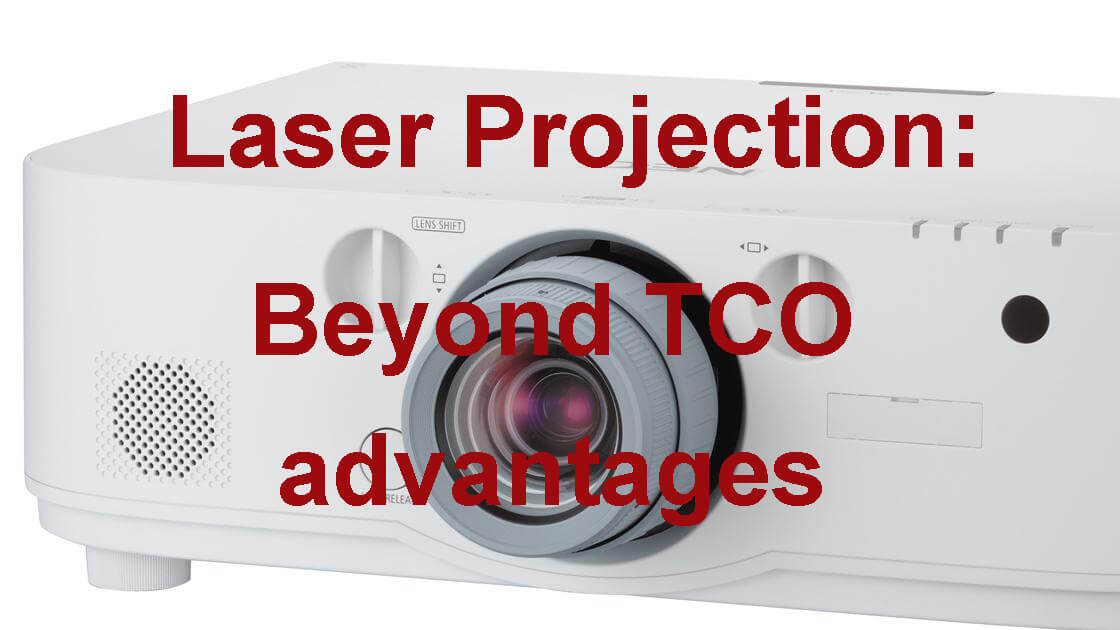We all know that with laser projectors on campus your days of buying replacement lamps and climbing a ladder to change them are happily over, but there’s a lot more to this technology than economy and convenience surrounding TCO (total cost of ownership). Below the surface are a slew of other positives and possibilities that make traditional projectors seem so 20th century.
From lower power use and more reliable light output to the ability to fine-tune colors and even aim the image from any angle, laser projectors can help in just about every part of the modern university. They fit in everywhere from tiny portables that let teachers set up a class anywhere to huge auditorium-class devices that can fill a 100-foot screen. Increasingly, laser projectors are the choice on campus.
The difference with traditional projectors lies in where the light comes from and where it goes. A conventional lamp that generates its light with a hot filament in an inert gas environment. To concentrate the light, the projector has a reflector that pushes the illumination toward the device’s optics.
Lasers are altogether different. They use solid state semiconductors that directly convert electricity into light. A much more efficient process, lasers use less power per lumen of output and are easier to cool. It also means that the heat it does produce is not concentrated directly above the lamp, allowing you to do tricks traditional projectors can only dream of. Consider aiming the projector’s image at any angle without worrying about the device overheating and you get an idea of the potential.
You can start thinking of projectors differently, allowing a greater level of creativity. Imagine projecting a portrait oriented welcome message on the wall for a lecture series, aiming the projector’s beam at the ceiling for a fundraising event or creating digital scenery for a dance recital.
The latest high-output laser projectors are even good for doing outlandish things like an art project that projects images and video onto buildings. The sky really is the limit with lasers.
Because their light output doesn’t diminish over time, they are more reliable and don’t require as much maintenance, something that’s very helpful with projectors that are in hard to reach places. With a rated lifetime of between 20,000 and 30,000 hours – rather than 2,000 hours – there’s a reasonable chance you’ll ever need to service the projector.
Rather than yellowing over time, a big bonus is that solid-state laser light sources produce consistent colors and overall brightness over time that doesn’t degrade, no matter how much it’s used. It also lets designers fine-tune the illumination because instead of the full spectrum of light that conventional lamps produce, lasers deliver a very specific wavelength of light.
Some start with a blue laser, whose beam is bounced off a phosphor disc to create the other colors. Others use three separate lasers for the red, blue and green light elements, increasing the projector’s light output while affording an extra level of control over the quality of the light output.
Large venue projectors, like NEC’s NC1440L-A, let you adjust the image’s color minutely to get it just right. In addition to the expected color temperature and gamma corrections, it lets you individually adjust the level of each color.
As a result, a traditional projector in an art history class might render Titian’s distinctive hair color as anything from brown to red. With a laser projector, it will always be spot on the way the painter wanted it.
